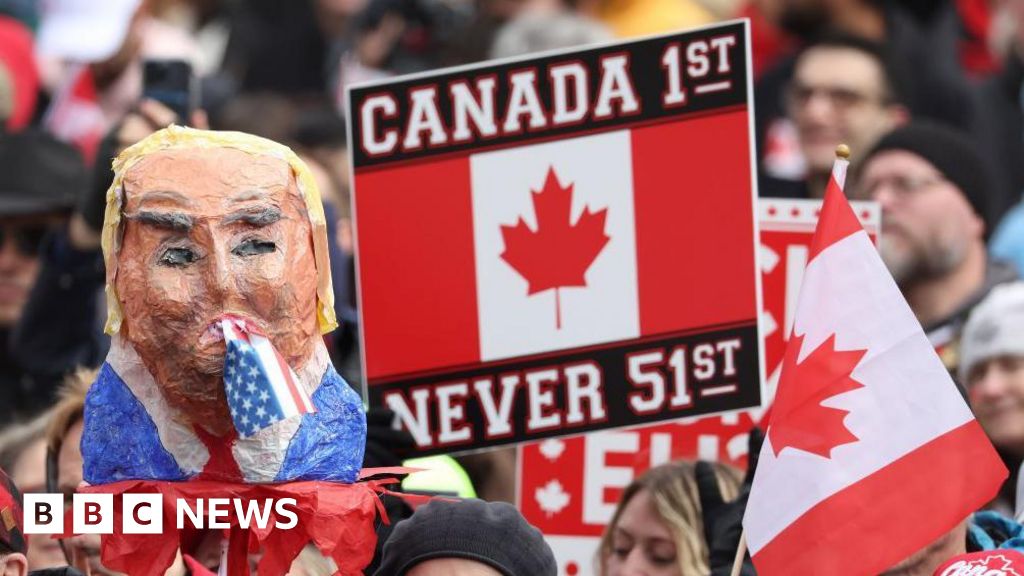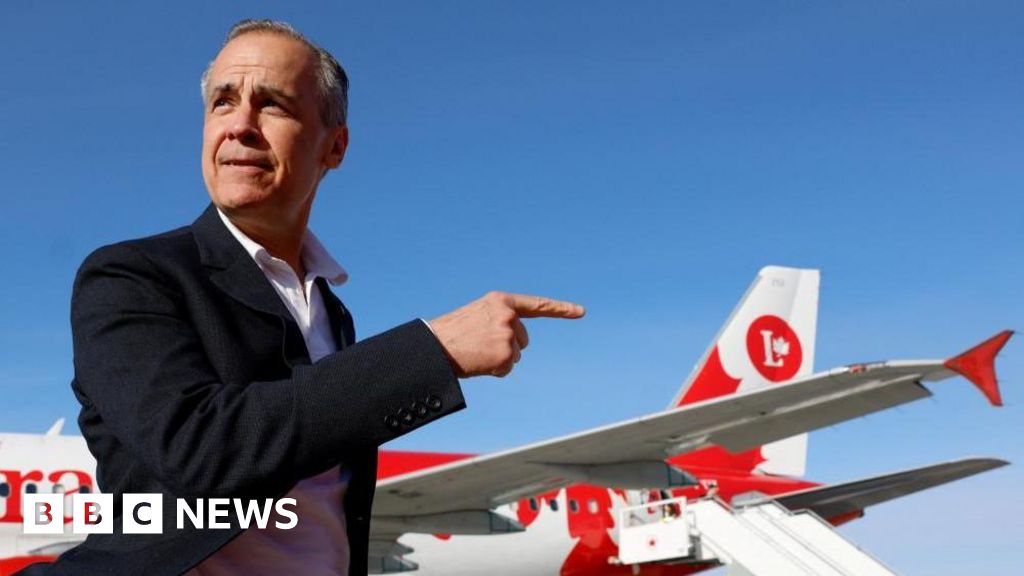India's Strategic Role in Trump's Asia Policy: A Geopolitical Shift

In the evolving landscape of global trade and diplomacy, India is emerging as a pivotal partner in President Donald Trumps approach towards Asia. As Trump's economic policies take shape, experts are noting that India stands out not merely as an economic ally but as a crucial geopolitical partner in the broader strategy to counter China's influence in the region.
Scott Bessent, a key figure in Trumps economic team, articulated this perspective succinctly, stating, Theyve been good military allies, not perfect economic allies. At the end of the day, we can probably reach an agreement with them. Then we can approach China as a group. This statement underscores the growing importance of India in a geopolitical chess game that is increasingly defined by trade agreements and diplomatic strategies.
The significance of this alignment transcends economic considerationsit is fundamentally about geopolitics disguised as trade policy. Trumps administration has imposed escalating tariffs on China, some exceeding 140%, effectively employing these tariffs as a means of pressure. In contrast, the recent 90-day pause on new tariffs for other nations serves as an incentive, providing a crucial window for countries to negotiate deals that could reconfigure trade patterns, realign alliances, and collectively apply pressure on Beijing.
India is strategically positioned to play a central role in this vision. With its vast consumer market, growing economy, and a palpable skepticism towards China, India is seen as an anchor for a reimagined economic alliance aiming to reduce dependency on Chinese supply chains. Bessent and his team view trade deals not merely as financial transactions but as strategic instruments designed to reshape geopolitical landscapes.
India has taken significant steps to distance itself from Chinese economic influence. For instance, the country recently rejected a $1 billion electric vehicle plant proposal from BYD, a Chinese firm, while simultaneously courting American companies like Tesla. This deliberate pivot indicates a calculated alignment with U.S. interests and a desire to foster a more favorable economic environment.
Trump's strategy aims to create an economic encirclement around China, fostering deeper ties with nations that share concerns over Beijing's growing dominance. By strengthening relationships with countries such as Vietnam, South Korea, and Japan, the U.S. seeks to create a coalition that economically isolates China without relying on traditional alliances.
A critical aspect of this strategy is the leverage afforded by Trump's temporary tariff pause. Countries willing to engage in trade agreements that favor American goods, curb transshipment of Chinese products, and impose their own tariffs on China can escape the punitive tariffs imposed by the U.S. This presents India with a unique opportunity to assert its national interests while gaining favorable access to U.S. markets amidst the ongoing pressure to diversify trade relationships.
While Trumps trading instincts often emphasize transactional relationships, Bessents broader visionand Indias strategic posturesuggest a longer-term approach. This strategy seeks to reposition U.S. economic leadership not just through tariffs but also through meticulously crafted alliances that push China to the peripheries of global trade.
As the international community watches closely, Indias moment appears to be on the horizon. With Europe hesitant and Southeast Asia cautious, India is positioned to become a vital player in the U.S.'s trade doctrine. It is one of the few major economies that is large enough, skeptical enough of China, and independent enough from the U.S. to serve both as a partner and a strategic pivot.
Recent reports indicate that India has been tightening its trade policies. For example, it maintains one of the highest import duties in the world on fully built cars at 100%, effectively protecting local manufacturers like Tata and Mahindra. Additionally, India is increasing scrutiny on trade routes from Sri Lanka, Oman, and the UAE to prevent Chinese goods from entering its market through indirect channels.
Commerce Minister Piyush Goyal remarked on Indias strategic positioning, stating, India has a lot of elbow room for trade deals with developed nations. But we must be cautious about dumping from China. This statement reflects India's careful balancing act as it navigates its relationships with both the U.S. and China.
Inside the White House, discussions about trade deals with India are reportedly advancing more rapidly than with other nations, driven by shared concerns over China and Indias relatively low exposure to existing U.S. tariffs. Everybody wants to come and make a deal, Trump remarked recently, emphasizing the urgency and importance of these negotiations.
However, the path forward is not without its challenges. The European Union has expressed concerns over Trumps blanket tariffs, which have alienated European leaders and raised questions about their alignment with U.S. strategy. As foreign diplomats seek clarity amid the chaos of U.S. trade policy, it remains to be seen how effectively the grand encirclement strategy can be implemented.
In conclusion, Indias strategic role in Trump's Asia policy represents a significant shift in global trade dynamics. As the U.S. seeks to recalibrate its relationships in the face of rising Chinese influence, India's careful maneuvering offers both opportunities and challenges that could reshape the economic landscape of the region.























